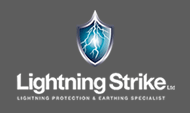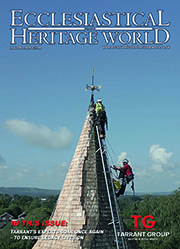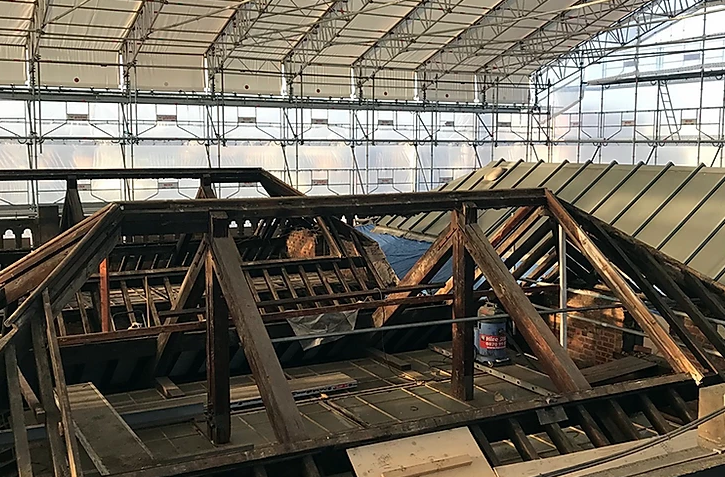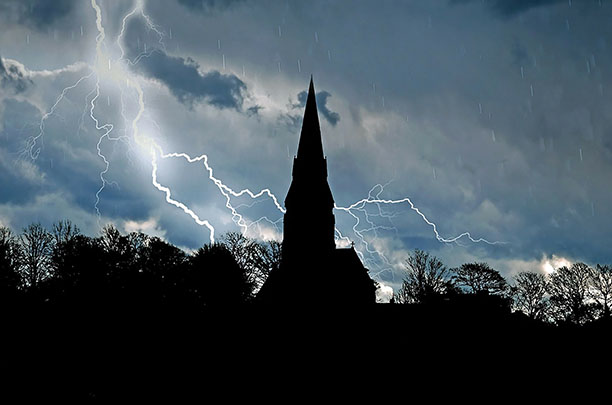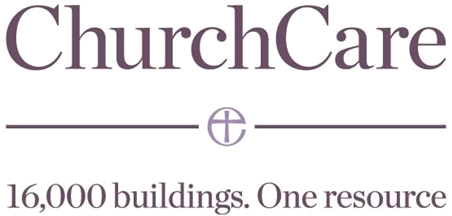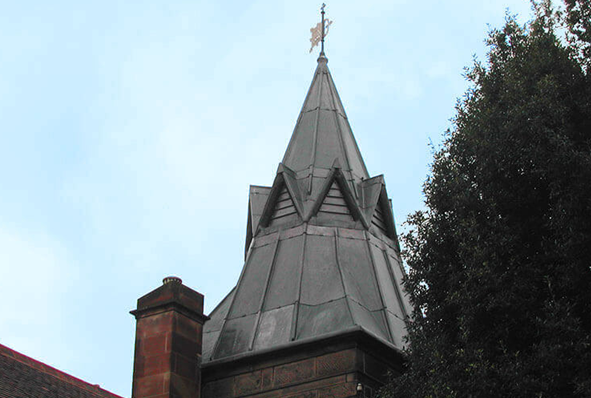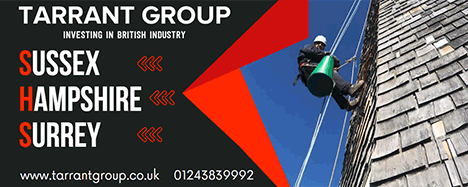Heritage Roofing
Heritage roofing - maintaining our iconic buildings
The UK is home to some of the most iconic buildings in the world, from stunning churches and cathedrals to historic stately homes. Each and every one of these remarkable feats of architecture requires regular maintenance to ensure they remain in the very best condition, allowing them to be enjoyed for generations.
Lightning Protection
When lightning strikes are you protected against this act of God?
The issue of lightning protection in churches is one that has exercised this publication for many years. In this four-part series of spotlights on the issue we will be revisiting various aspects of the subject, beginning with an overview of current thinking.
Traditional Lime
Lime: it’s better for buildings – and for the environment
It is now fairly well known that cement is not good for old buildings and that lime mortar should be used. But why? What are the advantages and what are the disadvantages? In order to begin to answer those questions it is necessary to understand the nature of traditional building, the process by which buildings used to be built, and how it differs from modern construction, the process by which we build today.
Audio Visual
Audio visual equipment in church buildings
This guidance is issued by the Church Buildings Council under section 55(1)(d) of the Dioceses, Mission and Pastoral Measure 2007. As it is statutory guidance, it must be considered with great care. The standards of good practice set out in the guidance should not be departed from unless the departure is justified by reasons that are spelled out clearly, logically and convincingly.
Read More...
CRE Events
Churches are coming under starter’s orders for CRE 25
Churches across the nation are beginning to make preparations for their visit to Christian Resources Exhibition’s CRE 25.
Insurance
You need to ensure that reasonable precautions are in place at your church to keep it safe for those who use it. To do this, you need to think about what might cause harm to people.
You will then need to decide if the precautions already in place are adequate. If they are not, you may need to identify further action to prevent any danger. When done formally, this is known as a risk assessment.
LPOW Grants
£23 million government package to support restoration of thousands of listed places of worship
Heritage Minister Sir Chris Bryant has announced that the Listed Places of Worship Grant Scheme will be extended into the next financial year, providing £23 million so that thousands of historical buildings, including churches, synagogues, mosques and temples, can carry out restoration work.
Lead Roofing
Lead is one of the oldest materials in the roofing industry and is still commonly used throughout the world today.
Lead roofing is a traditional roofing method which has been used in the industry for hundreds of years, and is therefore proven to be extremely reliable. Lead roofing, and sand-cast lead, in particular is ideal for old buildings such as churches or historical renovations, whereas milled lead roofing is a mass-produced alternative, used for precision and accuracy in homes and commercial buildings alike.
Home
Z-LED OFFERS FLASH OF INSPIRATION TO COMBAT LEAD THEFT
Custodians of historic and sacred buildings are being offered an innovative, sustainable and cost-effective solution to the problem of lead theft, which has grown over 16,000% in five years, and which often is not fully covered by insurance!Z-Led, one of the UK's leading suppliers of damp proofing solutions, has developed AluFlash, a corrosion-resistant aluminium sheet which provides a viable, practical and aesthetic alternative to lead flashing. It is already proven in practice and accepted for use on churches and listed buildings.
Kelly Phipps of Z-Led elaborates, "The price of lead is currently at a record high, encouraging its theft. Research shows that many historic or religious building insurance policies limit claims for replacement to £5000 a year, yet the cost of replacing and repairing damage caused by theft of even a comparatively small quantity of lead from a roof can easily exceed that in just one incident!"
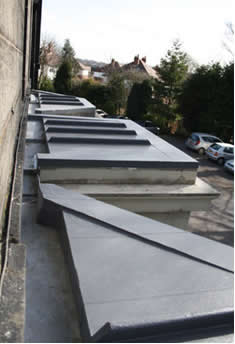
Aluflash can be used wherever lead flashing would traditionally be employed- and beyond: its non-toxic construction means it is suitable for use with rainwater harvesting installations, and prevents oxidisation over time. The surface finish can be simply wiped clean to remove site dirt and debris such as cement mortar, and comes in a traditional 'lead grey' to complement the building aesthetics. It has been specifically developed to enable easy moulding in both simple and complex planes, to ensure a watertight seal above windows, into gutters and roof valleys, achieve roll joints and similar detailing replicating traditional lead details.
In addition, it is AA fire rated, enabling unrestricted use regardless of the proximity of adjacent buildings.
Z-Led's AluFlash is unaffected by temperature, can be laid effectively in hot or cold conditions and is compatible with all common roof materials- concrete, clay, slate and metal. The material is supplied in manageable 5m rolls, in widths from 150mm- 600mm in 50mm increments, minimising wastage. As it requires no specialist tools or skills to install, and will not be stolen like lead, it is also delivers enhanced lifetime costings.
Aluflash is just part of Z-Led's comprehensive range of materials to defend buildings against damp and gas penetration, and optimise fire protection. Part of the Building Product Design Group, Z-Led specialises in developing innovative yet practical solutions to meet changing demands in its specific markets.
www.z-led.com




